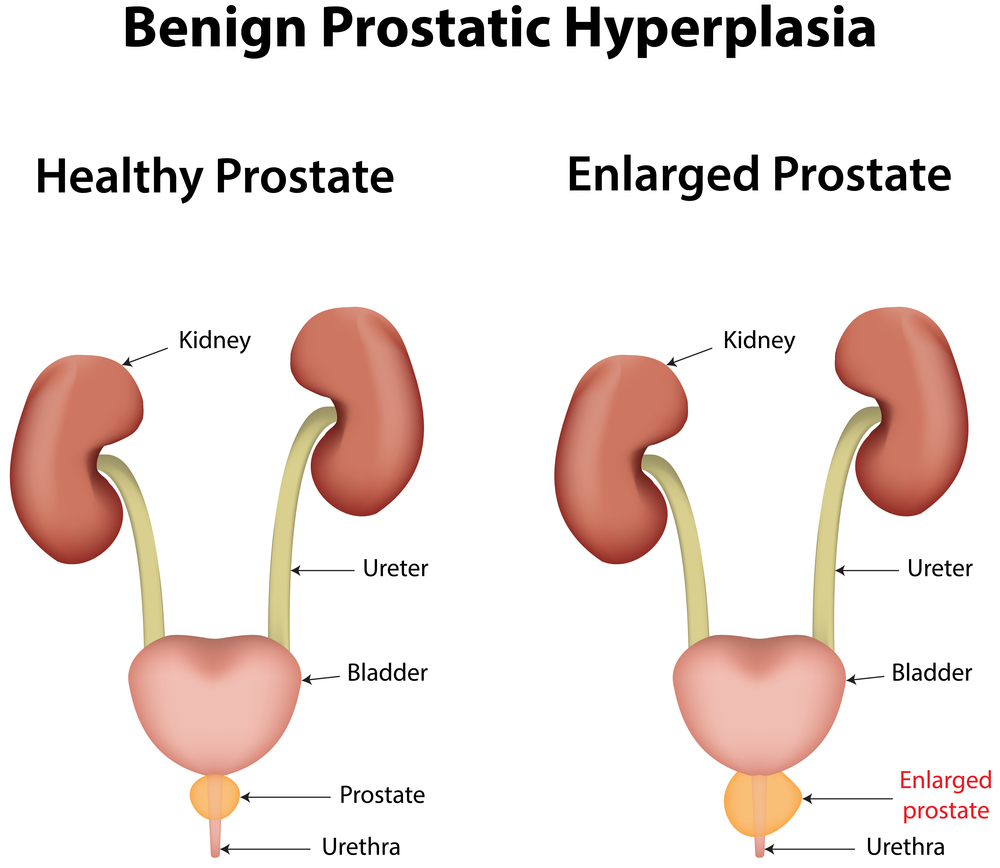During the Society of Interventional Radiology’s (SIR’s) Annual Scientific Meeting, a research team presented a new treatment for men with benign prostatic hyperplasia, a condition characterized by a large prostate without any signs of cancer. The study was entitled “Comparative study of prostate artery embolization (PAE) in small volume (<50cc), midsize (50-80cc) and large volume (>80cc) benign prostatic hyperplasia: Feasibility, safety and clinical efficacy.”
This novel treatment consists of a radiological intervention known as prostate artery embolization (PAE) whereby clinicians insert a catheter into the femoral artery (large artery in the thigh and the main arterial supply to the lower limb) and guide it until it reaches the prostate artery. Here, they release microscopic spheres to block blood flow and induce patients’ prostate shrinkage. Interventional radiologists perform the procedure since they have a profound knowledge on arterial anatomy and experience with microcatheter techniques.
Sandeep Bagla, M.D., study lead author and an interventional radiologist at Inova Alexandria Hospital, Virginia commented, “As health care moves toward more patient-centered care, it’s critical that interventional radiologists, in collaboration with urologists, are able to provide BPH patients with a relatively painless, outpatient procedure. This innovative treatment offers less risk, less pain and less recovery time than traditional surgery, and we are hopeful that further research will confirm it to be an effective therapy for BPH.”
The researcher team analyzed 78 patients’ outcomes that were treated with PAE for benign prostatic hyperplasia. According to the size of their enlarged prostate patients were divided into three groups: prostates with less than 50 cubic centimeters, between 50-80 cubic centimeters and greater than 80 cubic centimeters. Patients’ outcomes were assessed at different time-points after treatment (1, 3 and 6 months, respectively).
The team observed that most patients intervened (96%) were a case of success, with PAE blocking prostate enlargement. Additionally, they determined a significant improvement in patients’ symptoms and quality of life, as measured by the American Urological Association Symptom Index. No differences in patients’ outcomes were detected between the different groups, nor were any alterations in patients’ sexual function.
Dr. Bagla added, “Many men have benign prostatic hyperplasia that cannot be treated by traditional methods, such as when the BPH is smaller than 50 cubic centimeters or larger than 80 cubic centimeters. Prostate artery embolization offers these patients an effective treatment that results in reduced risk of bleeding, urinary incontinence or impotence, compared to other BPH therapies, offering patients a better quality of life.”
The team highlights that additional studies are necessary to track patients’ improvement for longer than six months, as well as to understand PAE’s benefits when compared to other conventional treatments.

